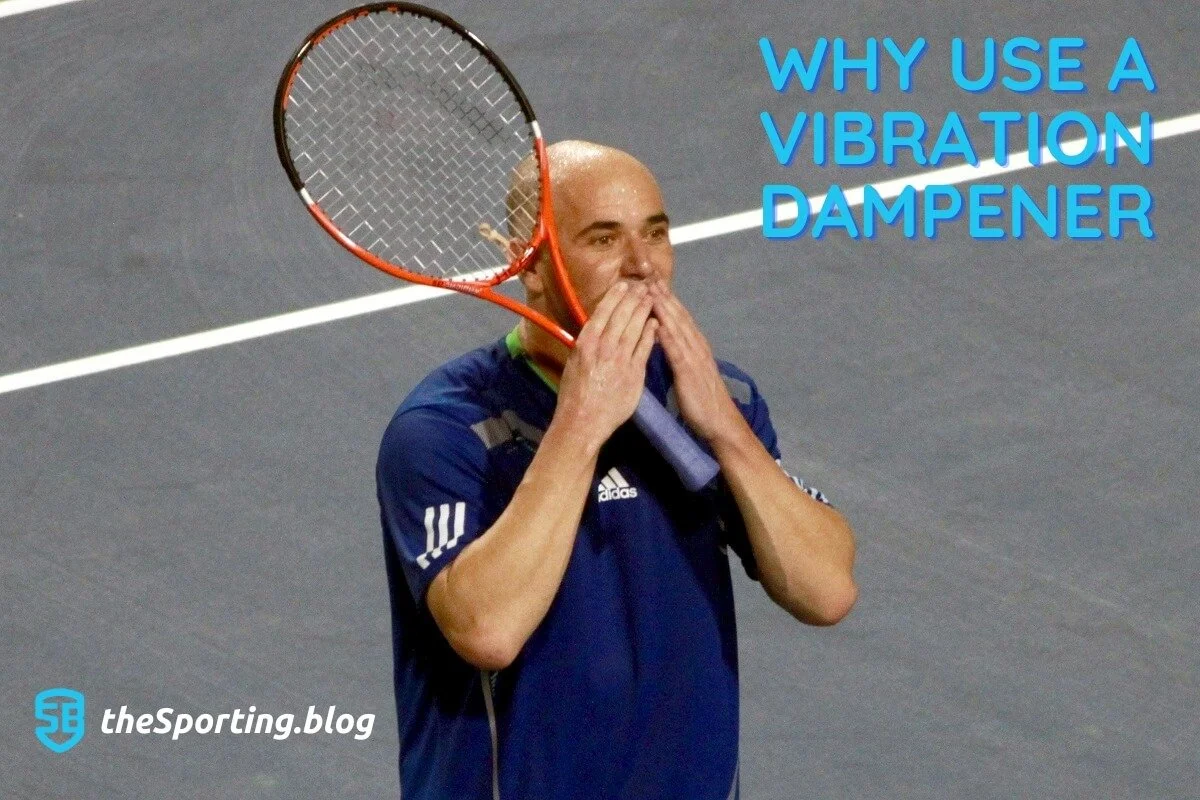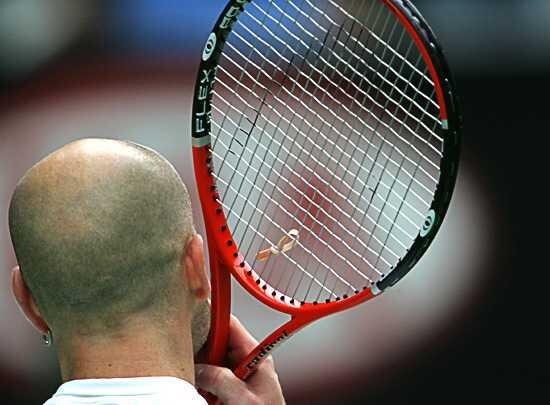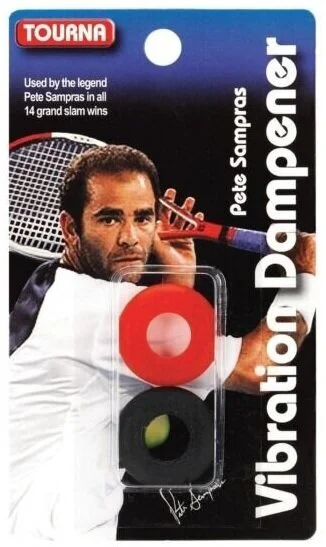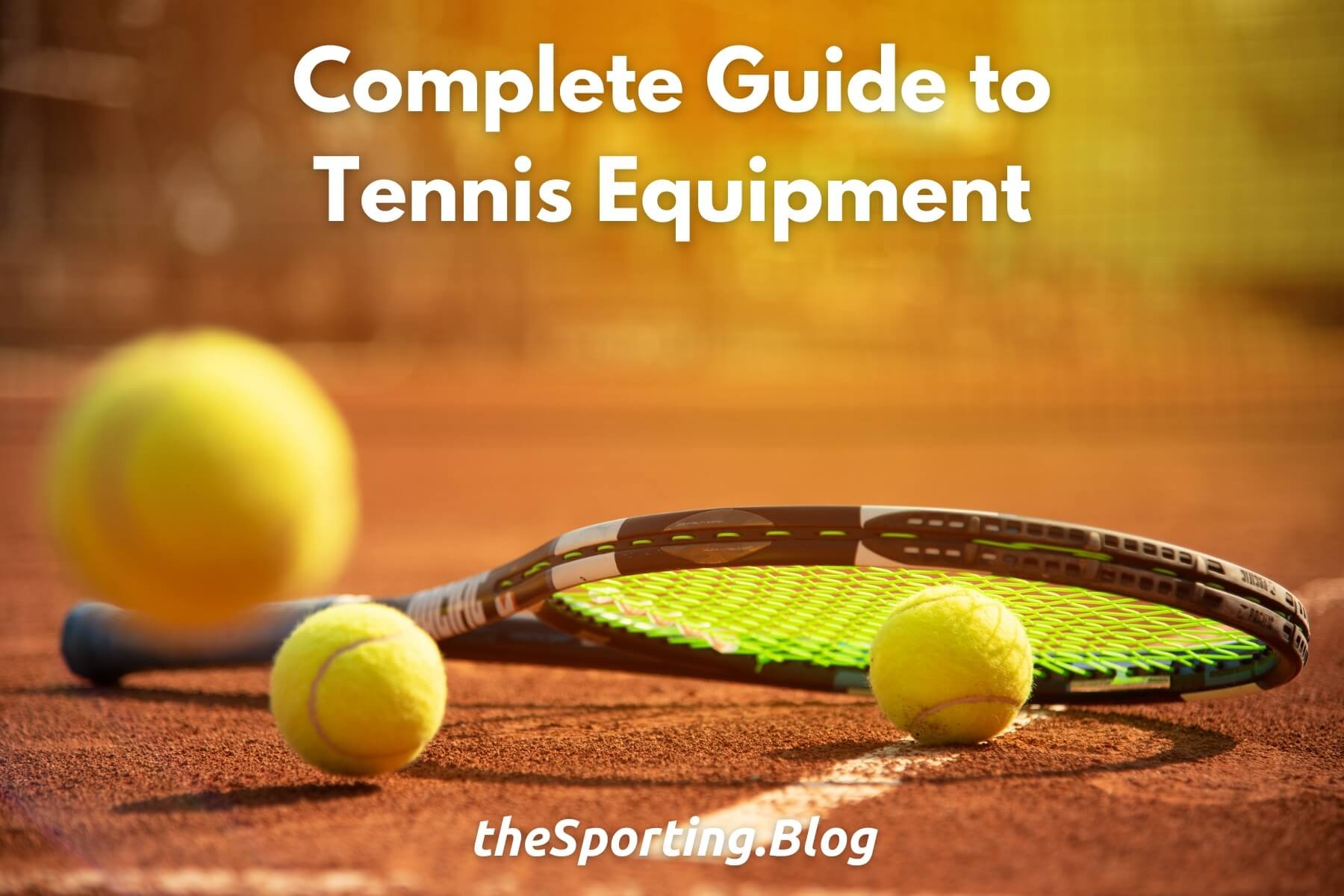Vibration dampeners and shock absorbers for tennis
Tennis: Why use a vibration dampener/shock absorber? What actually are they? What should I buy?
If you are a tennis player, you are either someone who has or has not. I’m not referring to having talent or having a big serve. I’m referring to the vibration dampener or the shock absorber. The little rubber thing that sits in your strings.
Andre Agassi - Used an elastic band
If you are just an observer you may have wondered what this little thing is. What does it do? How does it do it? And is it necessary?
I’ll try and answer those questions now…
Why use a vibration dampener/shock absorber when playing tennis?
This question seems to have been debated a fair amount. Originally, a dampener was designed to reduce vibration in the frame of the racket when you struck the ball. As you strike a ball, the strings vibrate and pass that vibration through the frame and ultimately into your arm. Right?
Maybe.
A 2004 study has debunked the myth that the vibration is transferred to the forearm. So in that case, why use one?
I can only speak from experience, and that experience for me is that I like using the dampener as it makes my strings feel, ‘more dead’. The clearly audible ‘ping’ is muted and it feels, even if it may be more placebo than truth, that I am in more control of the ball.
Without one my racket feels like it is untamed, and that the ball could ping off in any direction at any moment.
This of course, is probably all in the head, but this is the biggest part of the game, hitting a ball isn’t difficult, hitting the right mental space is.
I also feel like I can get more spin, and that my power is slightly reduced, which for me is a good thing. I prefer to have control over the ball by needing to swing hard, rather than slowing my swing down. Which is where spin plays really its part.
What are vibration dampeners/shock absorbers?
Largely, there are 2 main types of vibration dampener/shock absorber. The round type, and the long type. And if you are Andre Agassi, the rubber band type.
Andre Agassi, favoured the rubber band
The round type of shock absorber
These are probably the most familiar to you, dear reader. They are often shaped like a ball or a logo and slot nicely either on your outer main strings or in between your last two cross strings at the bottom of the racket face, towards the throat.
Pros of the round type:
· Small – less chance of the ball hitting it.
· Quick to change in and out
· Variety – Lots to choose from
Cons of the round type :
· They can ping out on occasion, which leads to the everyone playing scouring the court for the lost item.
· Not quite as ‘deadening’
The long type of shock absorber
These types of dampener stretch across the bottom of the main strings and in theory, provide a more deadening effect, as they are holding on to more strings. These can, in some circumstances, really make you racket feel like a board, so probably best to experiment and see what you might like.
Pros of the long type:
· Comprehensive deadening coverage, no doubt it will quell your vibrations
· They are very unlikely to come out
Cons of the long type:
· Can be a little tiresome to fit
· Can make the racket feel very board like
Where can you buy vibration dampeners/shock absorbers?
Pete Sampras - loved the hollow round one.
Wilson - no more nasty shocks
Novak - Uses jhis Head
Babolat - a lot of choice
Hope this article helps with the important decision! If you’d like to improve your tennis, you may get more out of our sister site, Improve My Tennis serve, but in the meantime feel free to try whatever rubber accessory you like to try and help your game.
Check out The Sporting Blog on Social Media for more interesting stuff you didn’t know you needed to know!
And please check out The Sporting Blog Podcast












